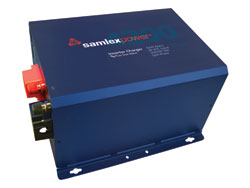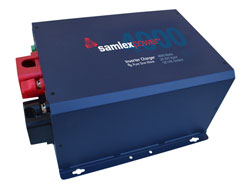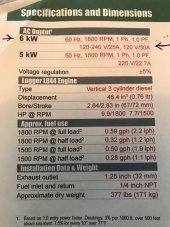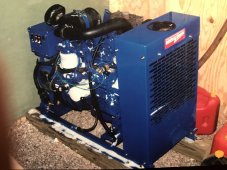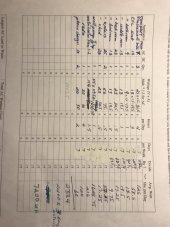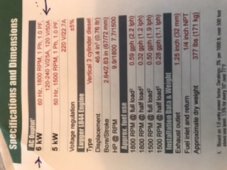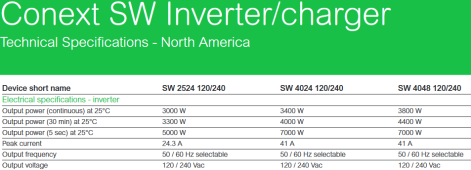I’m new here- first post.
My current system has the following: Xantrex 24V 4000 watt inverter. Xantrex 40 amp charge controller. Trace DC disconnect/overcurrent module. 2 PV panels 123W each. Diesel backup generator 5500w. Battery bank: 8 6v Trojan L16’s 370 amp hrs.4 in series 2 strings in parallel.
The Cabin is in northern Maine and is visited summer and winter for 3 weeks each time. Winter temps. can get to -20. Solar exposure is
minimal 3 hr./day.
System has been in use for 15 years and now the battery bank is dead.
I’d like to completely redesign the system from solar panels to battery bank. 48v - LiFePo4 batteries new PV panels etc.
We run a 120v well pump from the lake, AC lights, propane water heater and fridge and other AC items. Load evaluation is 2400 watt hours/day.
I didn’t design the system l had it installed. I’m no electrician but I’m sure I could do it myself. Please any suggestions on how to get it all together with a plan and diagram would be greatly appreciated.
My current system has the following: Xantrex 24V 4000 watt inverter. Xantrex 40 amp charge controller. Trace DC disconnect/overcurrent module. 2 PV panels 123W each. Diesel backup generator 5500w. Battery bank: 8 6v Trojan L16’s 370 amp hrs.4 in series 2 strings in parallel.
The Cabin is in northern Maine and is visited summer and winter for 3 weeks each time. Winter temps. can get to -20. Solar exposure is
minimal 3 hr./day.
System has been in use for 15 years and now the battery bank is dead.
I’d like to completely redesign the system from solar panels to battery bank. 48v - LiFePo4 batteries new PV panels etc.
We run a 120v well pump from the lake, AC lights, propane water heater and fridge and other AC items. Load evaluation is 2400 watt hours/day.
I didn’t design the system l had it installed. I’m no electrician but I’m sure I could do it myself. Please any suggestions on how to get it all together with a plan and diagram would be greatly appreciated.



